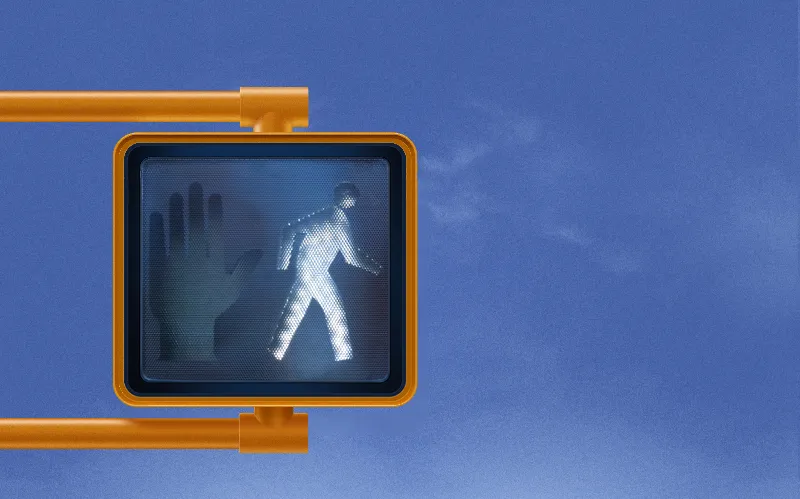Valencia Airport in Spain has become one of the latest European Airport to conform to new EU Regulations (EC 300/2008) stipulating that measures for perimeter intrusion must be in place by 2015. Working with systems integrators Infoglobal and Ingloba Seguridad, Navtech Radar implemented their AdvanceGuard AGS1600 wide area surveillance solution.
November 4, 2013
Read time: 2 mins
Valencia Airport in Spain has become one of the latest European Airport to conform to new EU Regulations (EC 300/2008) stipulating that measures for perimeter intrusion must be in place by 2015. Working with systems integrators 7520 Infoglobal and 7521 Ingloba Seguridad, 819 NavTech Radar implemented their AdvanceGuard AGS1600 wide area surveillance solution.
AdvanceGuard is combined with the sophisticated backend software suite Witness to provide wide area surveillance. The radars also control pan, tilt, zoom (PTZ) cameras with embedded optical and thermal technologies; the cameras can also be controlled manually from the on-site control room.
Navtech’s intuitive on-screen Sentinel interface enables users to draw detection zones and change them as appropriate. At the simplest level, this can replace physical barriers with virtual gates that allow unrestricted movement, allowing users to monitor and, if necessary, change their status for tracks identified.
The company says the solution is able to cope with adverse and challenging environmental conditions and is able to detect potential threats in conditions where other technologies based on visual images would often fail.
Project manager for equipment and facilities in the Valencia Airport Operations, Security and Services Directorate, Fernando Garcia Rodrigues, says, “We had a number of main issues we wanted to address with the new wide area surveillance solution. Before installing the new wide area surveillance solution we didn’t have any proper perimeter breach alarm detection at Valencia Airport. Now, we have a solution with a very low false alarm rate, we can distinguish between ‘friend’ and ‘intruder’ and in the latter case follow the intruder – which makes it much easier, and faster, to direct the intercepting security patrols.”
AdvanceGuard is combined with the sophisticated backend software suite Witness to provide wide area surveillance. The radars also control pan, tilt, zoom (PTZ) cameras with embedded optical and thermal technologies; the cameras can also be controlled manually from the on-site control room.
Navtech’s intuitive on-screen Sentinel interface enables users to draw detection zones and change them as appropriate. At the simplest level, this can replace physical barriers with virtual gates that allow unrestricted movement, allowing users to monitor and, if necessary, change their status for tracks identified.
The company says the solution is able to cope with adverse and challenging environmental conditions and is able to detect potential threats in conditions where other technologies based on visual images would often fail.
Project manager for equipment and facilities in the Valencia Airport Operations, Security and Services Directorate, Fernando Garcia Rodrigues, says, “We had a number of main issues we wanted to address with the new wide area surveillance solution. Before installing the new wide area surveillance solution we didn’t have any proper perimeter breach alarm detection at Valencia Airport. Now, we have a solution with a very low false alarm rate, we can distinguish between ‘friend’ and ‘intruder’ and in the latter case follow the intruder – which makes it much easier, and faster, to direct the intercepting security patrols.”









